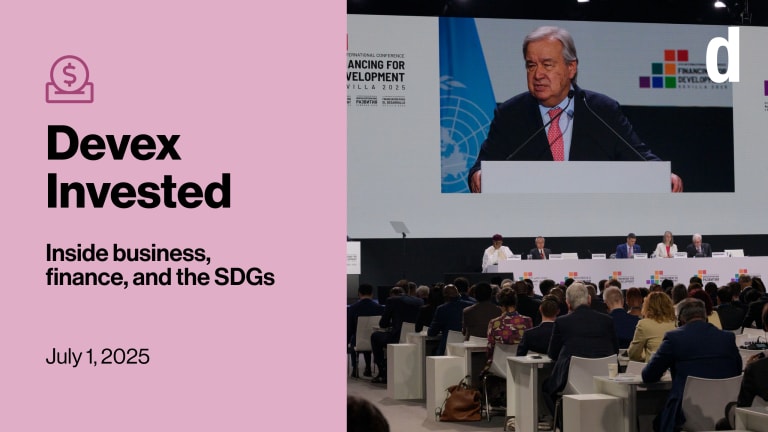
Catherine Ashton had seven key points to note about the proposed European Union diplomatic corps before the European Parliament Wednesday.
The formal adoption of the European External Action Service received backing from the EU’s Spanish presidency, European Parliament and European Commission in a June 21 meeting, where a political agreement on the organization and functions of the diplomatic corps was reached.
In submitting to the European Parliament a draft decision and a set of declarations on the EU diplomatic corps July 7, the EU high representative for foreign affairs and security policy underscored “some specific points on how we have found proper safeguards in areas that I know are important to this House.”
First, the text specifies that EEAS will cooperate closely with the European Commission services as part of the EU system, Ashton said in speech before the European Parliament.
Second, a “good framework” has been found for the EEAS’ political accountability, Ashton said, adding that she is looking forward to the “intensive dialogue and exchange of information” with the European Parliament.
Third, in ensuring financial accountability, Ashton said “clear language and guarantees” have been set including solutions to concerns over discharge and sub-delegation of budgetary powers to heads of delegations.
“As a sign of the importance I attach to this issue I envisage a senior management team that not only has a Chief Executive Officer in the Executive Secretary General but also a Chief Operating Officer in the senior DG for budget and administration,” Ashton said.
Fourth, Ashton assured that “carefully balanced arrangements” have been agreed regarding development policy and instruments.
“I know there was some concern that we might lose sight of development policy in the new set-up. Believe me, the opposite is the case,” she noted.
Stressing that development cannot be pursued separately from other strands of external relations, Ashton said the commission is creating “a strong common platform,” which will support collaboration between her, EU Development Commissioner Andris Piebalgs and EU Commissioner for Enlargement and Neighbourhood Policy Stefan Fule.
Fifth, a “balanced agreement on staff issues” has been reached, Ashton said. EU member states requested that at least one third of the EEAS staff come from national diplomatic services, “while at the same time ensuring at least 60 [percent] of permanent officials,” she added.
Ashton said she is also committed to ensure proper gender and geographical balance in the EEAS staff.
“Diversity is strength. A service that represents the EU should reflect that diversity. The wealth of experience, insights and languages that Europe’s best diplomats will bring into the Service, will be one of our distinctive features and competitive advantage,” she said.
Sixth, the common security and defense policy will be part of EEAS “in the way that was agreed by the European Council in October 2009 and as foreseen in the EEAS Decision,” Ashton said.
The EU foreign affairs chief said: “I will ensure that the relevant units from the Commission which deal with planning and programming of crisis response, conflict prevention and peace building, and the CSDP structures, work in close cooperation and synergy, both under my direct responsibility and authority within the appropriate structure. This is of course without prejudice to the specific nature, notably intergovernmental and communitarian, of the policies.”
Ashton also vowed to ensure coordination between EEAS departments and the EU special representatives, a move that aims to promote EU policies in troubled regions, and foster peace, stability and the rule of law.
Finally, Ashton said she will give “high priority” to the promotion of human rights and good governance.
“There will be a human rights and democracy structure at headquarters level as well as focal points in all relevant Union delegations with the task of monitoring the human rights situation and promoting an effective realisation of EU human rights policy goals,” Ashton said.








